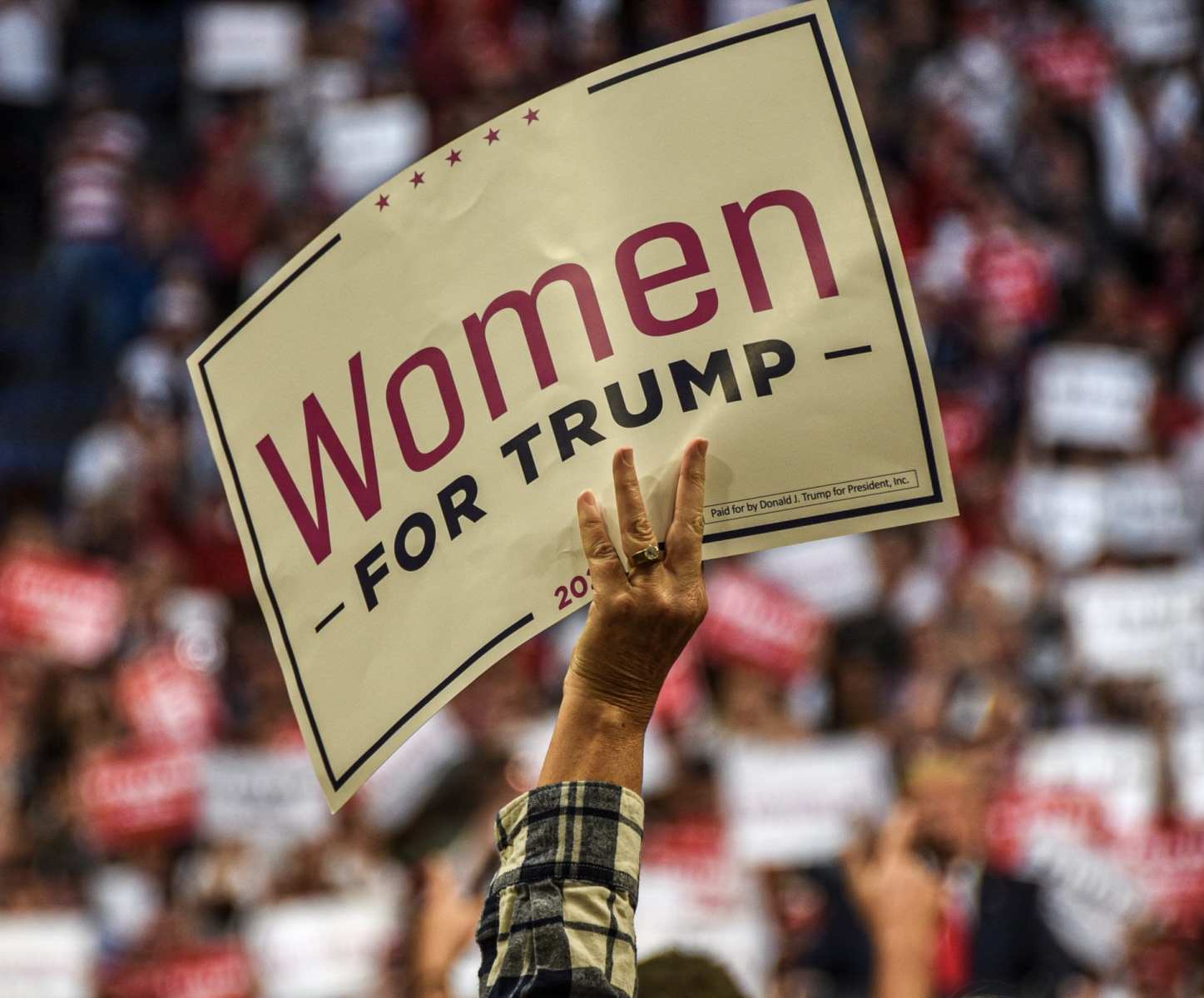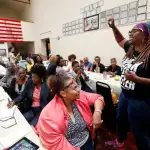We’re the only newsroom dedicated to writing about gender, politics and policy. Subscribe to our newsletter today.
Heading into Election Day, forecasters predicted that Republican Donald Trump — whose ascent to the White House prompted women to organize the largest single-day protest in U.S. history — would be soundly defeated in part due to a double-digit gender gap like the country has never seen.
Instead, Democrat Joe Biden barely eked out a win, and the female electorate remained largely unchanged from 2016 and even 2012. White women who said they were having second thoughts about the president, citing their concerns about health care during the COVID-19 pandemic, his divisive racial rhetoric and even his general demeanor, ultimately chose to stand by him.
In 2016, Trump defied expectations to win the White House after allegations of sexual assault rocked the final weeks of his campaign. In 2020, he confounded prognosticators again even in defeat.
For months, poll after poll showed Trump struggling with women in the suburbs, which threatened his ability to hold onto the 47 to 52 percent of White women who helped him capture the presidency in 2016. Pollsters also predicted a historic gender gap this year that would expand to as much as 23 points. Neither came to fruition.
In the 2016 race, Democrat Hillary Clinton won women by a 15-point margin overall; the gender gap that year was 13 points, with the former U.S. senator and secretary of state receiving support from 41 percent of men and 54 percent of women.
Trump, that same year, was backed by 52 percent of men and 39 percent of women, with a corresponding 13-point gender gap.
Initial exit polling by NBC News this week showed just a 6-point gender gap in support for Trump, and an 8-point gender gap in support for Biden, who won women by 13 points, roughly the same margin as Clinton.
A gender gap measures the difference in enthusiasm between men and women for one candidate, a different gauge than comparing how two candidates fare with one gender.
Initial exit polls are an imperfect way to assess the behavior of the electorate. The information is gathered in voluntary interviews as voters leave polling places. In 2020, when many voted early or by mail due to the COVID-19 pandemic, more telephone polls than usual were done of absentee voters. Exit polls are nevertheless the best first look at how voters behaved in an election.
Among White women, according to NBC News, 43 percent supported Biden and 55 percent supported Trump. About 91 percent of Black women supported the former vice president and 8 percent supported Trump. Roughly 70 percent of Latina women supported Biden and 28 percent supported the outgoing president.
There was little meaningful change from 2016, when the same exit poll showed that 43 percent of White women supported Clinton and 52 percent supported Trump; 94 percent of Black women supported Clinton and 4 percent supported Trump; and 69 percent of Latinas supported Clinton and 25 percent supported Trump.
In 2012, when Democratic President Barack Obama was running for reelection against Republican challenger Mitt Romney, Obama’s support from 45 percent of men and 55 percent of women resulted in a 10-point gender gap. Romney’s gender gap was 8 points, with 52 percent of men and 44 percent of women supporting him. Obama won women by 11 points.
Some of the 2020 numbers could change when a more reliable assessment of validated voter data is available, which will likely be some time in the first half of next year. Until then, what can be extrapolated from how Trump’s tumultuous presidency might change women’s voting behavior is how little it moved the needle.






